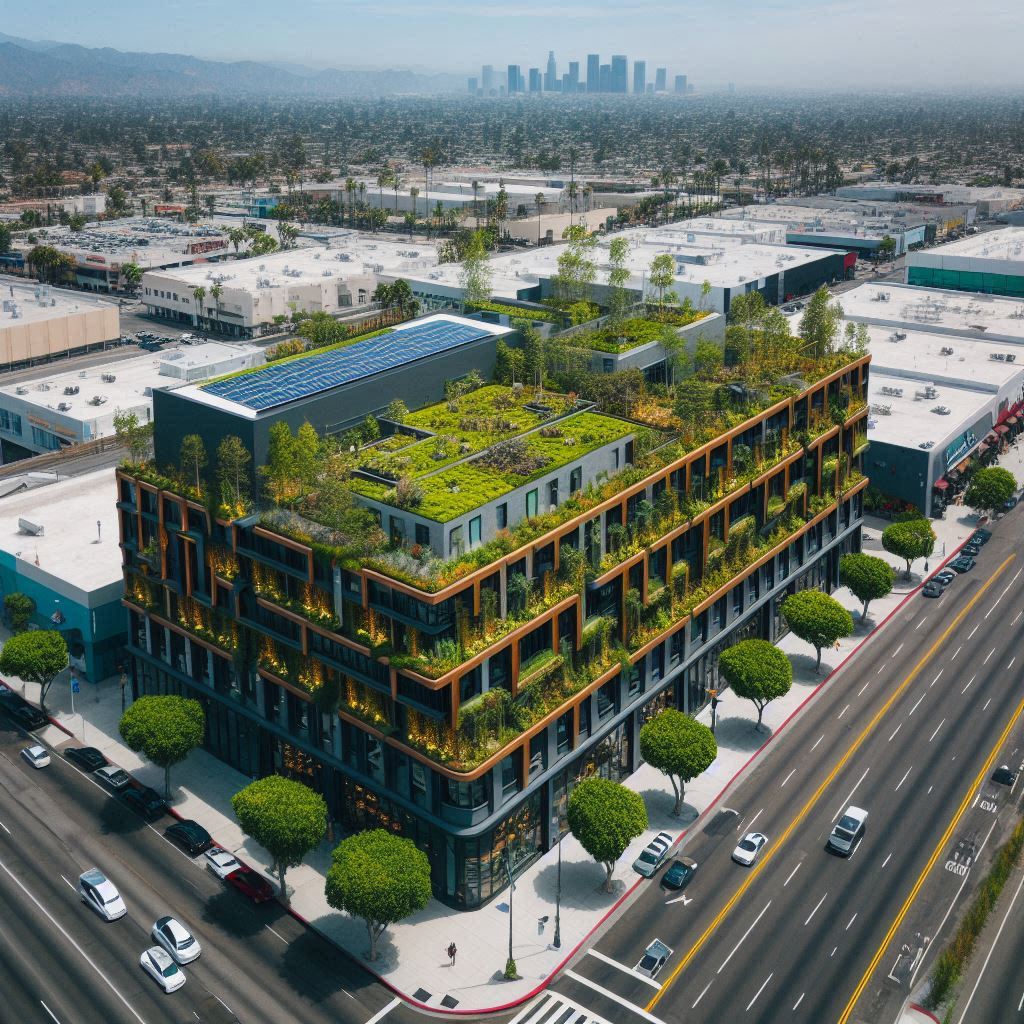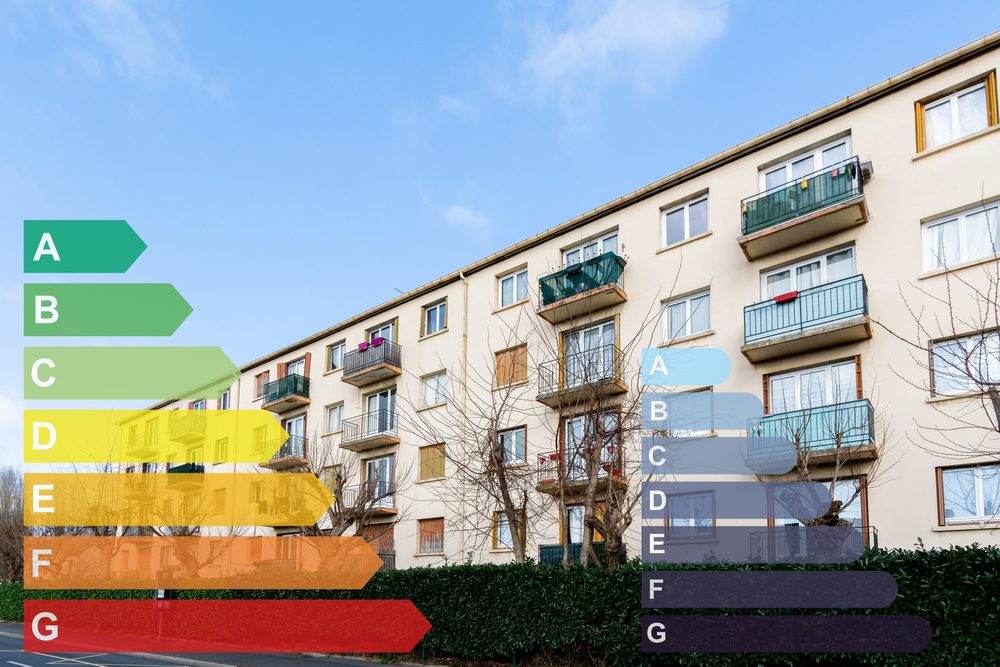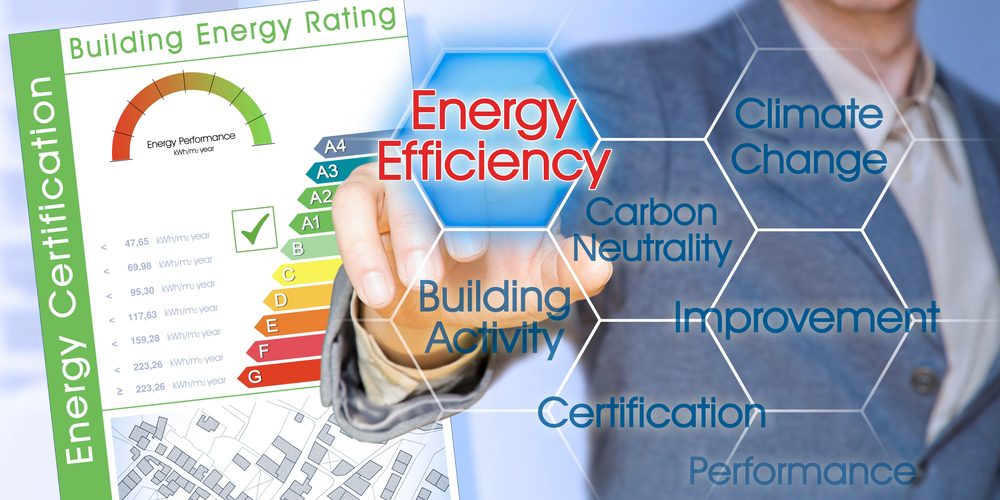I. Introduction
In the bustling city of Los Angeles, energy benchmarking is becoming an essential practice for building management, emphasizing the importance of tracking and comparing a building’s energy and water usage against similar buildings. This process is not only crucial for maintaining the operational efficiency of properties but also plays a significant role in contributing to the city’s environmental sustainability efforts.
As large cities like Los Angeles continue to grow, the strain on resources and the impact of urbanization on the environment increase. Through effective energy benchmarking, building owners can gain valuable insights into their energy consumption patterns, leading to informed decisions that promote energy and water efficiency.
II. Understanding Los Angeles Energy Benchmarking Policy
The Los Angeles Existing Buildings Energy and Water Efficiency (EBEWE) Ordinance
Introduced to combat climate change and promote resource conservation, the EBEWE Ordinance requires building owners to regularly report their energy and water consumption. This policy targets existing buildings, which are often less efficient than newly constructed ones. By focusing on these structures, the ordinance aims to significantly enhance the overall energy and water efficiency across the city.
Detailed information on the ordinance can be found on the Los Angeles Department of Building and Safety’s EBEWE page.
Necessity of the Policy
In Los Angeles, where temperatures can soar and water scarcity concerns are prevalent, managing energy and water resources efficiently is crucial. The EBEWE Ordinance not only addresses these environmental issues but also positions Los Angeles as a leader in urban sustainability.
The Impact on Building Owners
For building owners, the ordinance presents both a challenge and an opportunity. Compliance requires adherence to new procedures and possibly some upfront costs. However, the long-term benefits include reduced utility costs, higher property values, and a strengthened market reputation as responsible environmental stewards.
III. Steps to Implement Energy Benchmarking
Step 1: Building Identification
To begin, it’s crucial to identify whether your building falls under the purview of the EBEWE ordinance. Generally, commercial and residential buildings over 20,000 square feet must comply. The identification process involves checking specific criteria outlined by the Los Angeles Department of Building and Safety.
Step 2: Data Collection
Collecting accurate utility data, building characteristics, and occupancy information is the next step. These data points are essential for creating a baseline to which future data can be compared. Utility bills, energy management systems, and occupancy records are typical data sources.
Step 3: Energy Star Portfolio Manager
Using the EPA’s Energy Star Portfolio Manager, building owners can input their collected data to track and manage energy and water use. This intuitive tool also calculates performance metrics, which are critical for benchmarking and understanding a building’s efficiency landscape.
Step 4: Benchmarking Report
After entering data into the Portfolio Manager, the tool generates a benchmarking report. This report provides a comprehensive view of the building’s energy and water performance, helping owners identify efficiency gaps and opportunities for improvement.
IV. Benefits of Implementing Energy Benchmarking
Environmental Benefits
By implementing strict energy benchmarking, Los Angeles buildings can significantly reduce their environmental impact. This includes lowering carbon emissions and minimizing water and energy waste, which is crucial in a drought-prone area.
Economic Benefits
Energy benchmarking can lead to substantial economic benefits. Reduced operational costs from lower utility bills and increased building value due to improved efficiency are just a couple of the financial upsides.
Societal Benefits
On a societal level, enhanced building efficiency contributes to public health by reducing pollutants and greenhouse gases. Additionally, the move towards green buildings creates new job opportunities in energy management and sustainability sectors.
V. Challenges and Solutions in Implementing Energy Benchmarking
Potential Challenges
Building owners might face challenges like managing large data sets, understanding technical aspects of benchmarking, and initial financial outlays for retrofitting older systems.
Practical Solutions
To overcome these challenges, building owners can seek assistance from professional energy consultants, utilize advanced software for data management, and explore financing options for energy efficiency upgrades, such as PACE financing.
VI. Conclusion
Efficient energy benchmarking is not just about regulatory compliance; it’s a strategic approach towards sustainable building management. As Los Angeles continues to expand, embracing these practices becomes increasingly important for economic viability, environmental responsibility, and societal well-being.
By taking proactive steps and utilizing available resources, building owners in Los Angeles can effectively implement energy benchmarking, paving the way for a more sustainable and efficient future.
VertPro.com serves as a resourceful platform for property owners and managers seeking to enhance their buildings’ energy efficiency. The site offers a range of services, including Commercial Energy Audits, Benchmark Compliance consultancy, and a Construction Marketplace. At the heart of VertPro® is a suite of SaaS technology-based solutions designed to assist in navigating the complexities of Energy Benchmarking and Energy Audits/RCx Plus, while ensuring adherence to over 60 Energy Benchmarking and Energy Efficiency Laws across the country.
For those looking to improve their property’s energy usage and operational value, VertPro.com provides a diverse array of tools and information. The site aims to facilitate a better understanding of energy efficiency practices and legislation, helping building owners and property managers make informed decisions about their energy strategies while complying with all energy ordinances and laws.







 We’re in the 2nd month of the new year and if you haven’t begun to work on your 2022 benchmarks, now would be the ideal time to start. Most cities have begun to resume their original annual deadlines. Last month’s newsletter broke down
We’re in the 2nd month of the new year and if you haven’t begun to work on your 2022 benchmarks, now would be the ideal time to start. Most cities have begun to resume their original annual deadlines. Last month’s newsletter broke down 
 Valentine’s Day has been a symbol of romance and love since the holiday’s origin tracing back to
Valentine’s Day has been a symbol of romance and love since the holiday’s origin tracing back to 
 Search by Zip to Find Applicable Energy Laws
Search by Zip to Find Applicable Energy Laws